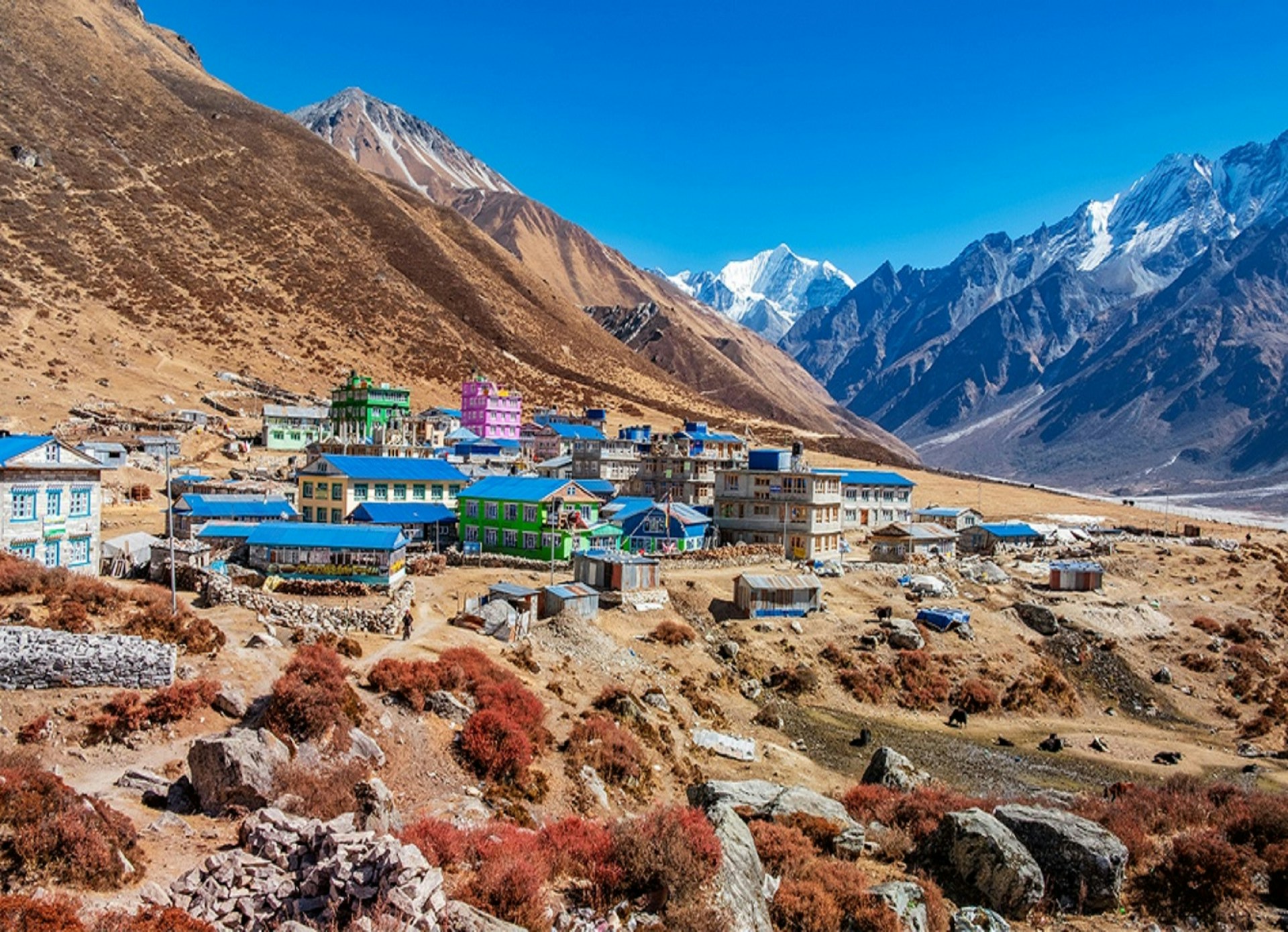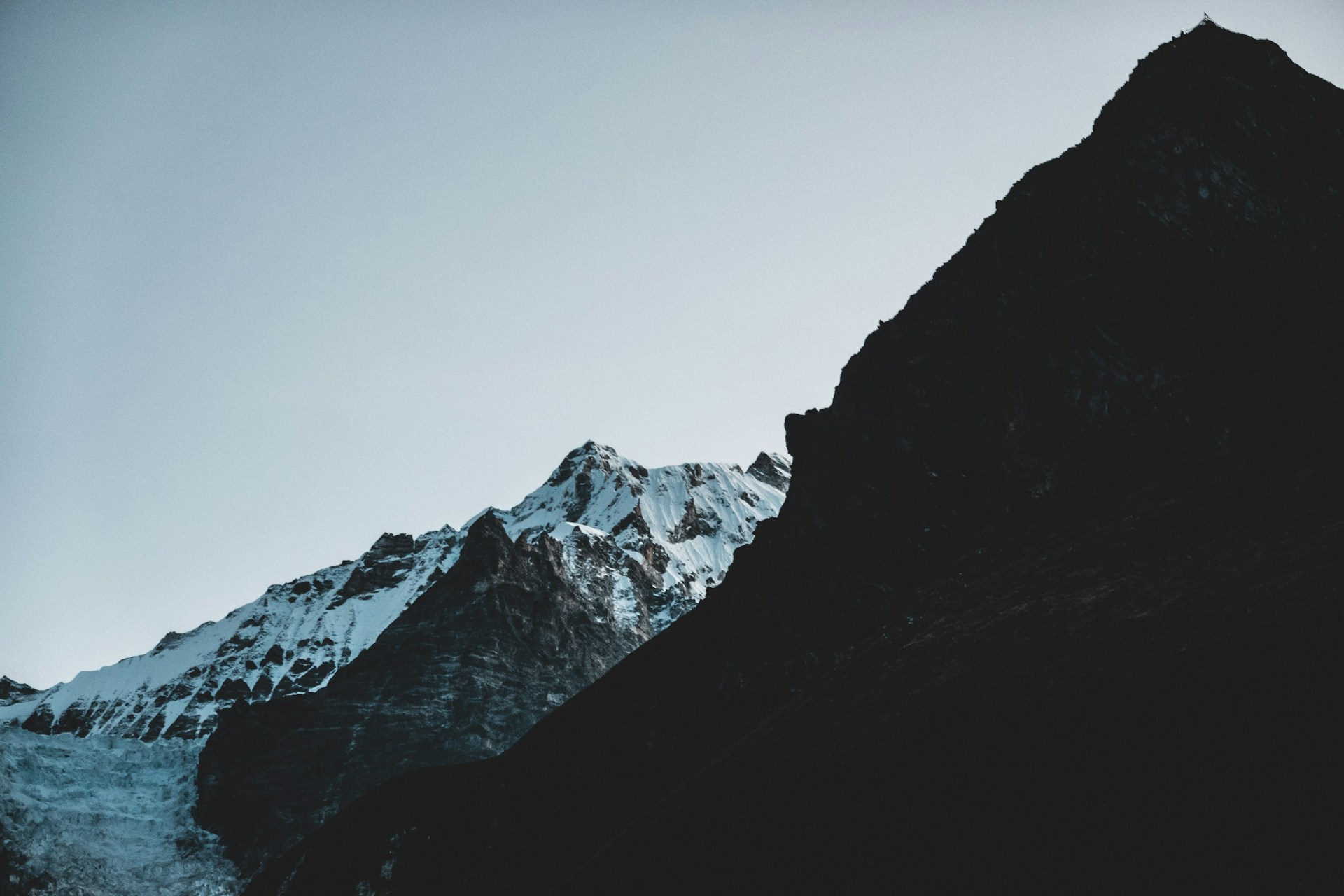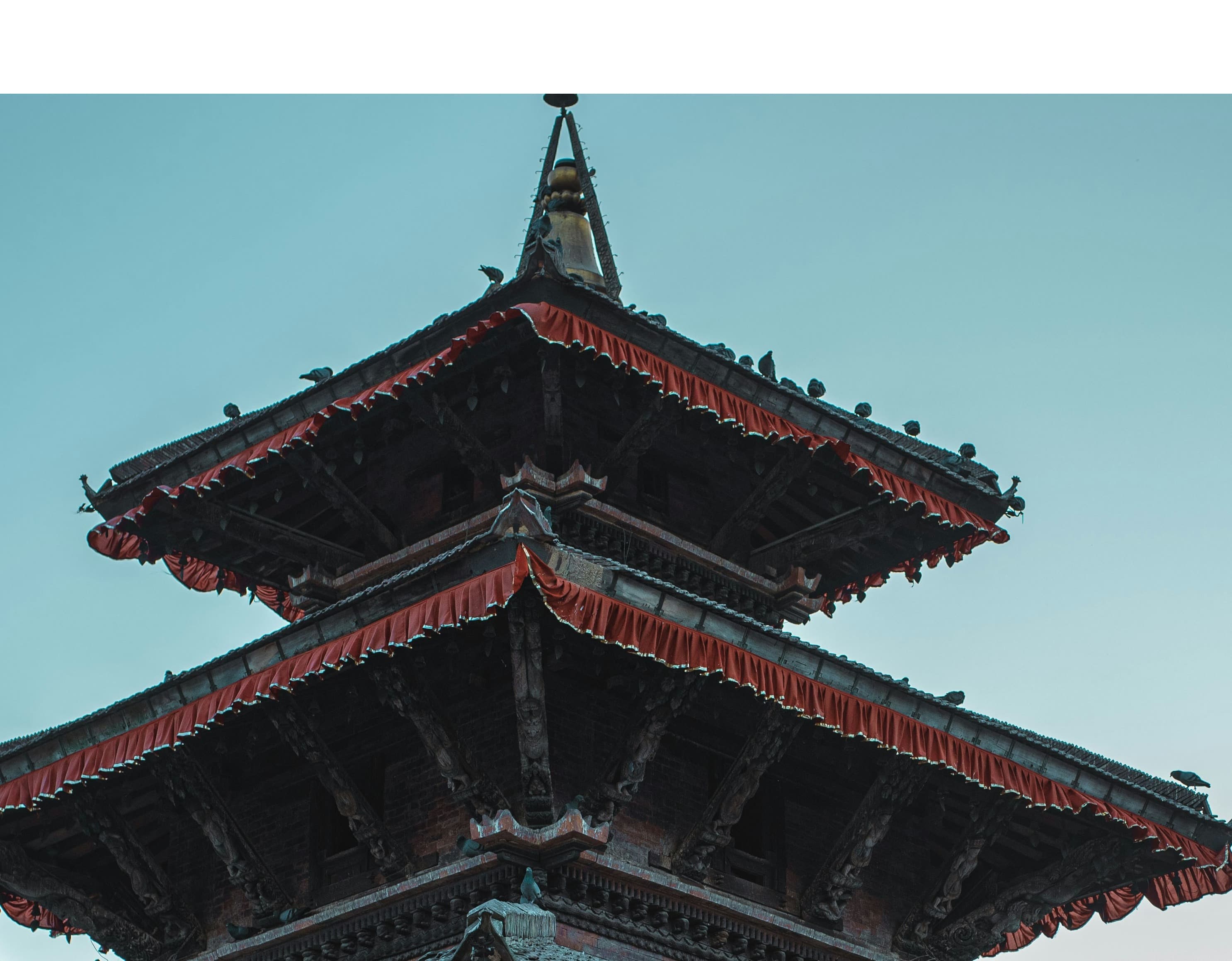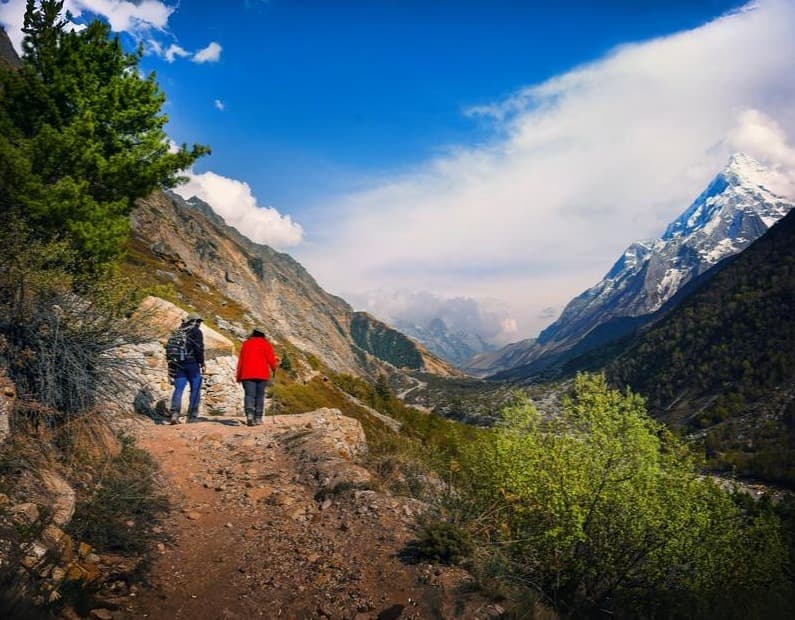Inbtroduction - The Unparalleled Canvas of Nepal
Nepal is a photographer’s dream, Nepal Photogrphy Tours offering staggering diversity across its compact terrain. In the Kathmandu Valley, the ancient Durbar Squares of Kathmandu, Patan, and Bhaktapur burst with intricate wood-carved temples, bustling bazaars, and vibrant street life. Golden-hour light transforms these UNESCO sites into warm tableaus of devotion and daily ritual. Nearby, the colossal white stupa of Boudhanath—ringed by prayer wheels and fluttering flags—creates powerful symmetry shots, especially at dawn when pilgrims circle its base. The crimson-clad monks of Swayambhunath (Monkey Temple) against cityscape views, and the eerie, burning ghats of Pashupatinath on the Bagmati River add profound cultural depth. Just outside the valley, the terraced hills of Nagarkot or Dhulikhel reveal sunrise panoramas of the Himalayas, including Langtang and Everest on clear days.
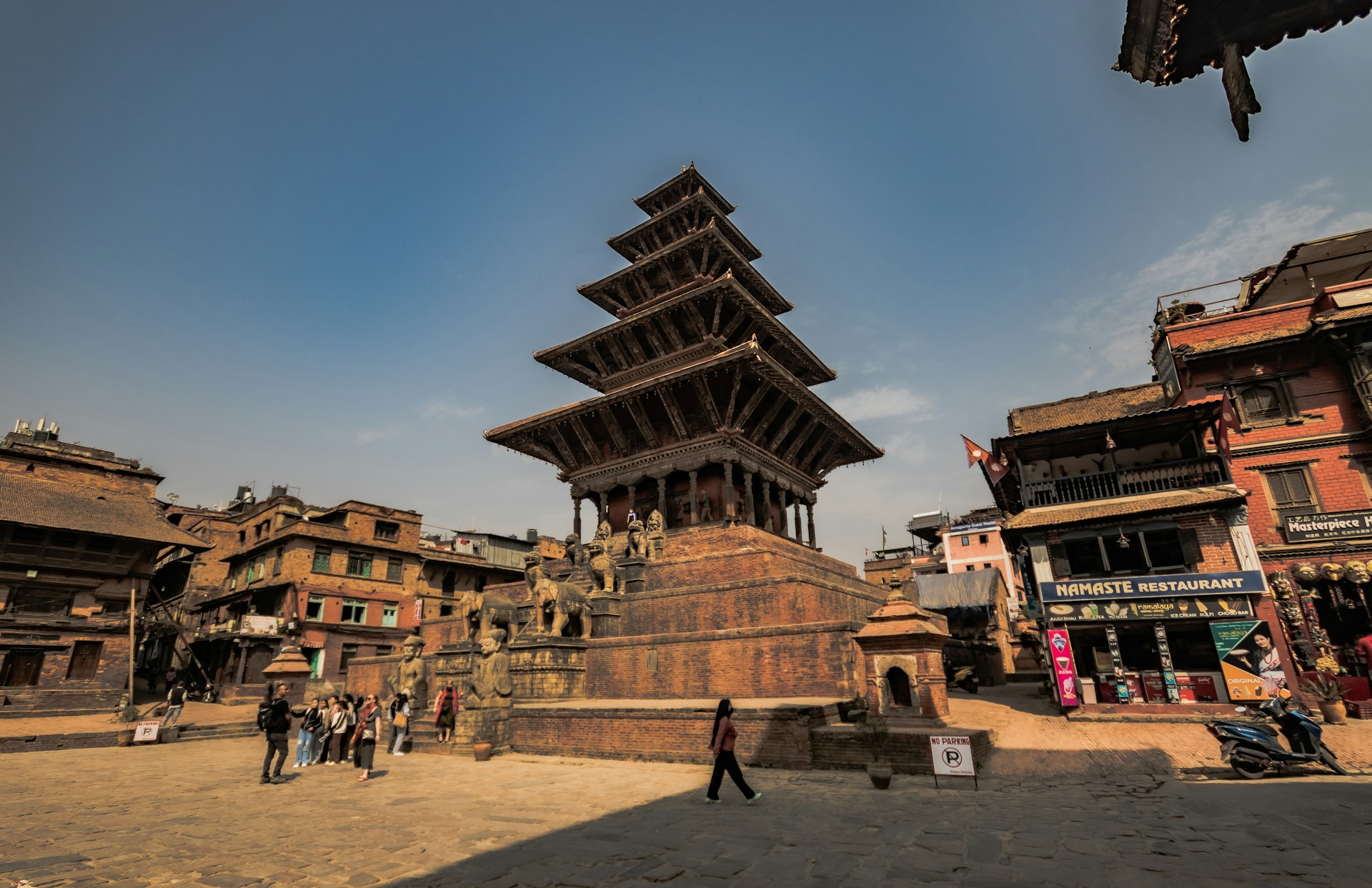
From Peaks to Plains: Nature’s Theatre
Pokhara, Nepal’s adventure hub, gifts photographers with serene lake reflections of Machapuchare (Fishtail Peak) on Phewa Lake, best captured from World Peace Pagoda at sunrise. The adrenaline-charged Sarangkot viewpoint offers pre-dawn opportunities to shoot the Annapurna range bathed in alpenglow, with paragliders adding dynamic foregrounds. Trekking routes like the Annapurna Circuit or Everest Base Camp deliver ever-changing vistas: suspension bridges draped in prayer flags, Sherpa villages dwarfed by icy giants, and high-altitude glaciers like Khumbu. For wildlife, Chitwan National Park in the Terai lowlands provides frame-worthy moments: one-horned rhinos in misty grasslands, elephants bathing in the Rapti River, and vibrant Tharu cultural performances. Further south, the Buddhist pilgrimage site Lumbini—birthplace of Buddha—combines minimalist monastic architecture with meditative moods, perfect for contemplative compositions.
Why Nepal Excels for Photography
Unlike any destination, Nepal merges raw natural grandeur with living cultural intensity. Its light—crisp in mountains, soft in valleys—creates ethereal contrasts. Capture monks in maroon robes against white stupas, mist clinging to rhododendron forests, or the weathered faces of highland porters. Respectful photography is key: ask permission for portraits, avoid flash in temples, and use telephoto lenses for wildlife. Visit October–November (clear skies) or March–April (blooming rhododendrons) for ideal conditions. From chaotic Kathmandu alleyways to the silence of Everest, Nepal doesn’t just offer shots—it demands your lens tell its epic story of resilience and reverence.
Places for Pictures tours in Nepal
Key Photography Locations Summary:
| Region | Highlight Spots | Key Subjects |
|---|---|---|
| Kathmandu | Boudhanath, Swayambhunath, Pashupatinath, Durbar Squares | Stupas, street life, rituals, temple details |
| Pokhara | Phewa Lake, World Peace Pagoda, Sarangkot | Mountain reflections, paragliders, sunrise peaks |
| Himalayas | Everest/Khumbu, Annapurna treks, Langtang | Snow peaks, Sherpa culture, trekking drama |
| Wildlife | Chitwan National Park, Bardia National Park | Rhinos, elephants, Tharu traditions, jungle mist |
| Spiritual | Lumbini, Muktinath, Gosaikunda Lakes | Monasteries, pilgrim scenes, sacred lan |
There are numeruous parts to take photos while travelling in Nepal. you can take picture advantage while you strating from 250m to 8848m.
Picture of Mount Everest
Geographical & Cultural Majesty
Mount Everest (Sagarmatha in Nepal, Chomolungma in Tibet), Earth's highest peak at 8,848.86 meters, crowns the Himalayas. Formed 50 million years ago by the collision of the Indian and Eurasian tectonic plates, it symbolizes nature’s raw power. For local Sherpa communities, Everest is a sacred deity—its slopes dotted with monasteries and prayer flags. The Sagarmatha National Park (UNESCO World Heritage Site) protects its fragile ecosystems, home to snow leopards, red pandas, and rare flora.
Human Triumph & Global Icon
Everest represents the ultimate human challenge. Sir Edmund Hillary and Tenzing Norgay’s first confirmed ascent in 1953 ignited global fascination. Today, it draws climbers worldwide, testing physical endurance and mental resilience against the "Death Zone" (above 8,000m). Beyond mountaineering, Everest is a universal symbol of aspiration, featured in literature, art, and science. Its melting glaciers also highlight climate urgency, serving as a barometer for planetary health. Economically, it sustains Nepal’s tourism, funding schools and hospitals. Everest embodies both Earth’s grandeur and humanity’s relentless spirit—a beacon of wonder, risk, and reverence.
.jpg)
.jpg)
Heritage place in Kathmandu Picture
Kathmandu Valley, a UNESCO World Heritage Site, is a tapestry of ancient spirituality and Newari culture. Its heart beats in three historic Durbar Squares (Kathmandu, Patan, Bhaktapur), where intricately carved wooden temples—like Kathmandu’s nine-story Majhu Deval or Bhaktapur’s *55-Window Palace*—stand alongside bustling bazaars. Here, living traditions thrive: artisans hammer metal, potters shape clay, and elders play Dhime drums during festivals. Sacred sites pulse with daily devotion: at Swayambhunath (Monkey Temple), pilgrims spin prayer wheels beneath the Buddha’s all-seeing eyes, while monkeys scramble over 1,500-year-old shrines. Boudhanath, Asia’s largest stupa, draws Tibetan Buddhists in maroon robes who circle its mandala base, murmuring mantras. Pashupatinath, Hinduism’s holiest Nepali temple, hosts vivid Shiva rituals and solemn open-air cremations along the Bagmati River. Even the valley’s air is cultural—scented with incense, momo steam, and monsoon-wet earth. This is no frozen museum: heritage lives in Indra Jatra’s masked dances, Kumari goddess processions, and the timeless clang of temple bells. Kathmandu’s magic lies in this seamless weave of architecture, faith, and community—a spiritual epicenter where every brick tells a story.
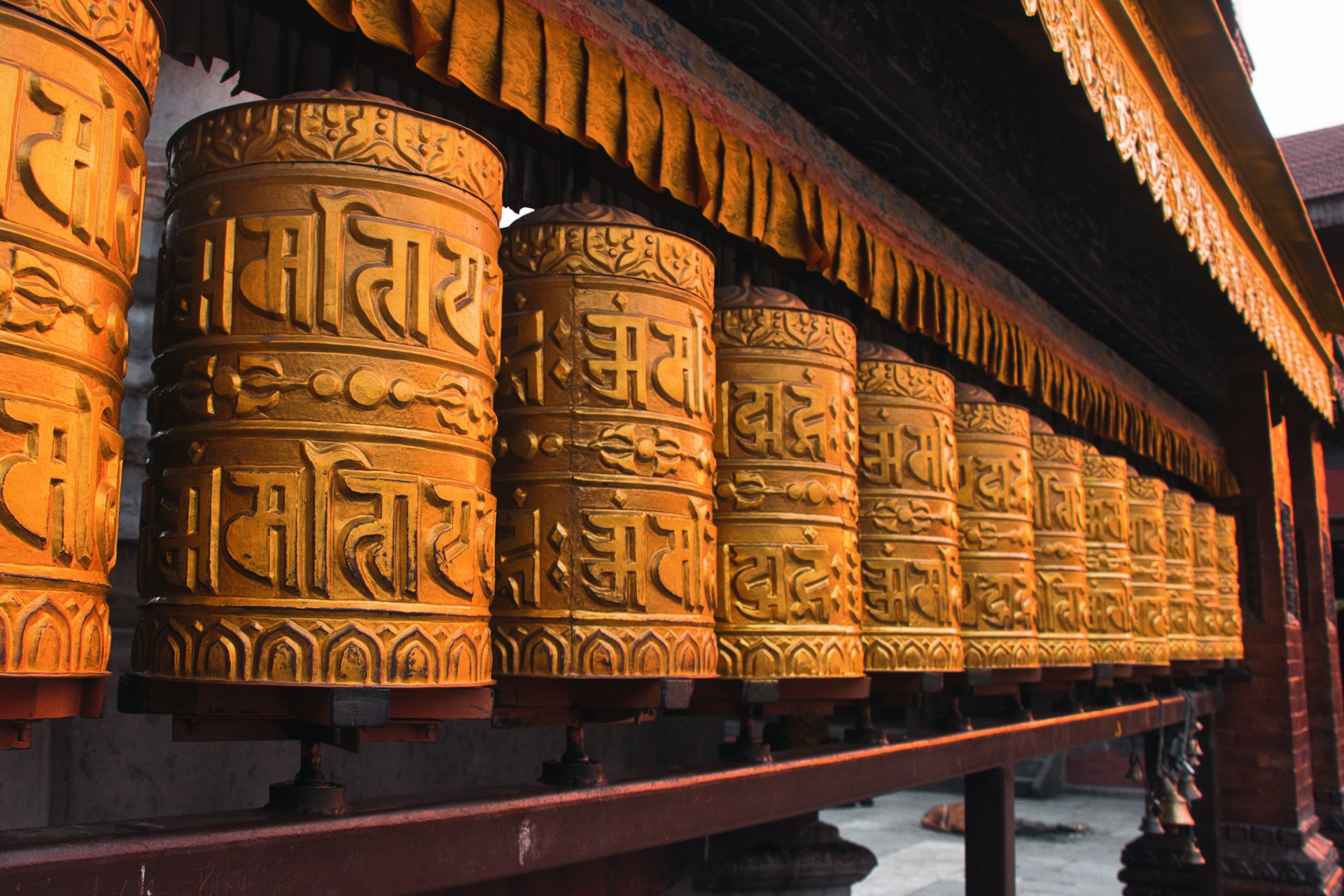
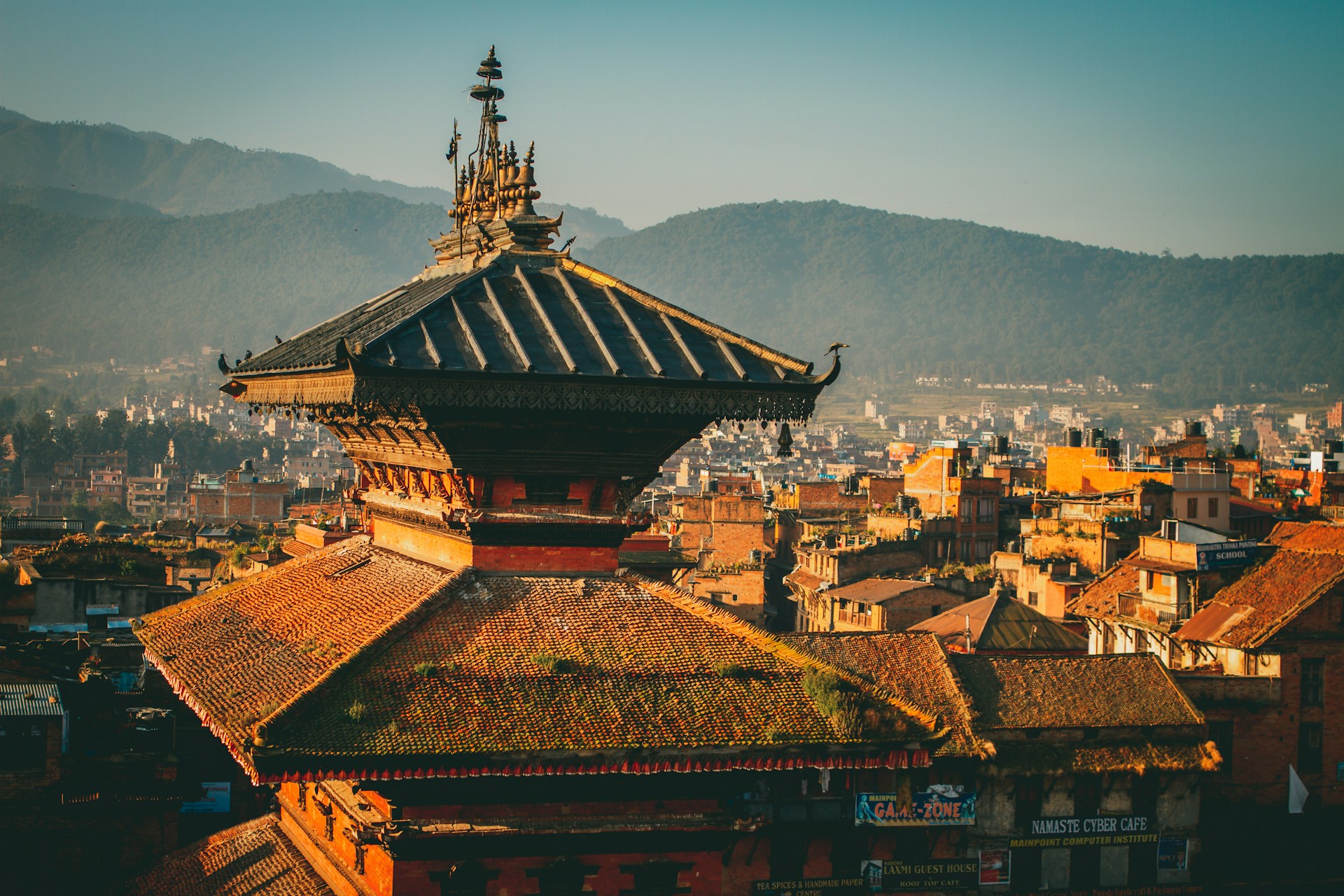
Stunning Pokhara cities Picture
Pokhara thrums with gentle energy: colorful paragliders drift like butterflies over emerald hills, lakeside cafés brim with masala chai steam, and Tibetan refugees weave carpets near the Bindyabasini Temple. At dusk, Fewa’s promenade glows with fairy lights as traditional baristha boats return. Beyond the lake, cave shrines (Gupteshwor) whisper with devotion, and Begnas Lake offers untouched tranquility. Pokhara’s soul lies in its duality—adrenaline (trekking, zip-lining, ultralight flights) meets serenity (meditative lakeside sunsets, temple bells). It’s where Himalayan giants touch the sky, adventure dances with peace, and every vista feels like a watercolor dream.
.jpg)
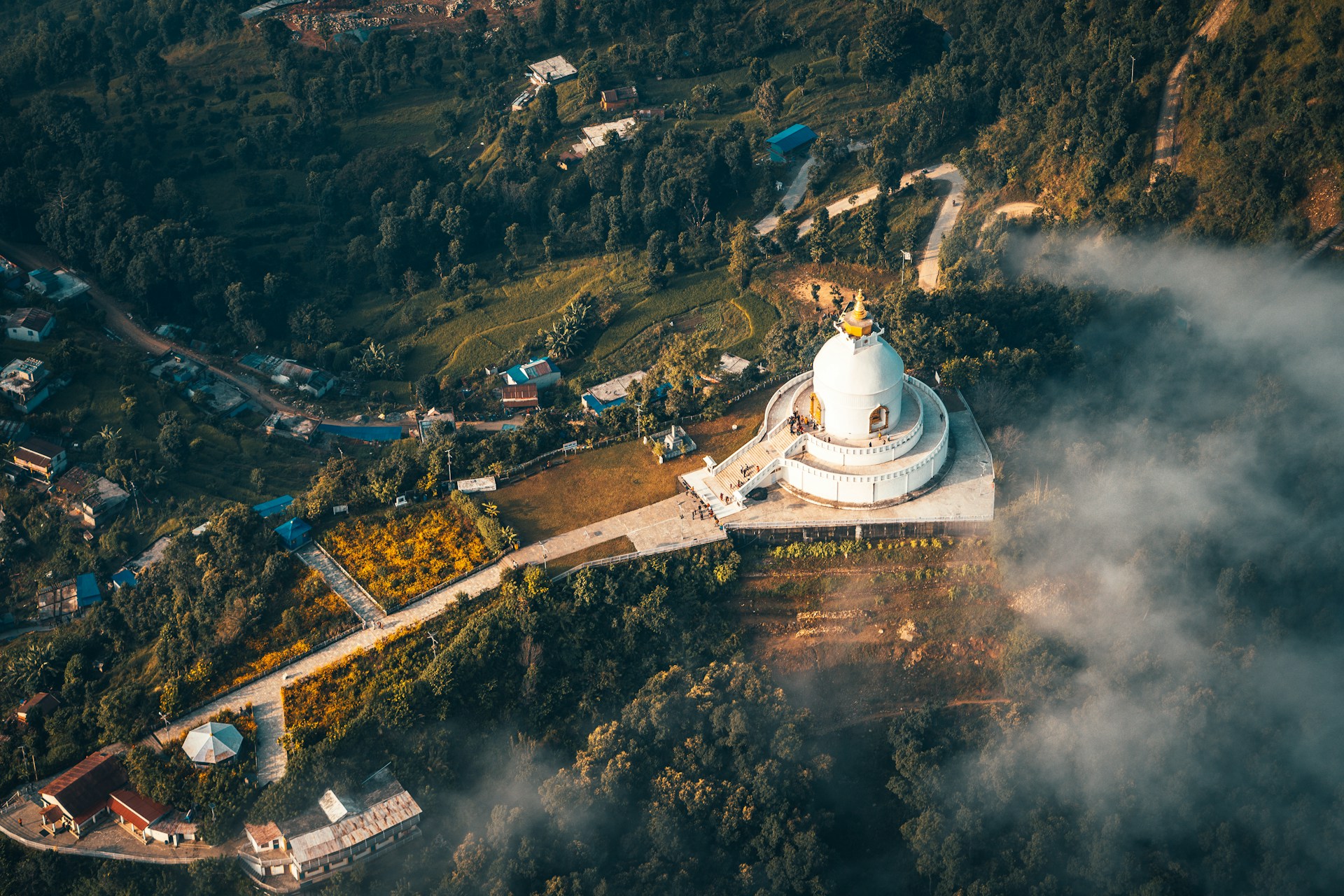
Annapurna Regions Picture
The Annapurna region offers Nepal’s most diverse and accessible Himalayan odyssey. Unlike sheer-audacity climbs, its genius lies in layered discovery: traverse deep rhododendron forests, cross dramatic Kali Gandaki gorges (Earth’s deepest), and annapurna-base-camp through Gurung villages where terraced fields cling to ridges like emerald staircases. Key routes—the Annapurna Circuit ("Around Annapurna") and Annapurna Base Camp (ABC)—masterfully balance raw nature with cultural intimacy. At Thorong La Pass (5,416m), gasp at 360° views of Dhaulagiri and Manaslu, a triumph earned through acclimatized ascents. The ABC Sanctuary stuns, encircled by Annapurna I’s icy amphitheater—dawn light here is soul-stirring. Poon Hill, meanwhile, delivers Himalayan theater: sunrise ignites Annapurna South and Machapuchare over a sea of peaks, no strenuous climb required.
What elevates these treks? Flawless logistics. Stay in cozy teahouses with dal bhat feasts, minimizing gear loads. Experience living culture: share millet tea with Manangi traders in Kagbeni, spin prayer wheels in Buddhist Braga, or watch traditional dances in Ghandruk. With trails graded from gentle (Ghorepani) to challenging (Tilicho Lake), every adventurer finds their rhythm. This is Himalayan trekking perfected—where every step weaves nature’s grandeur, human resilience, and the warm pulse of mountain communities into an unforgettable tapestry.

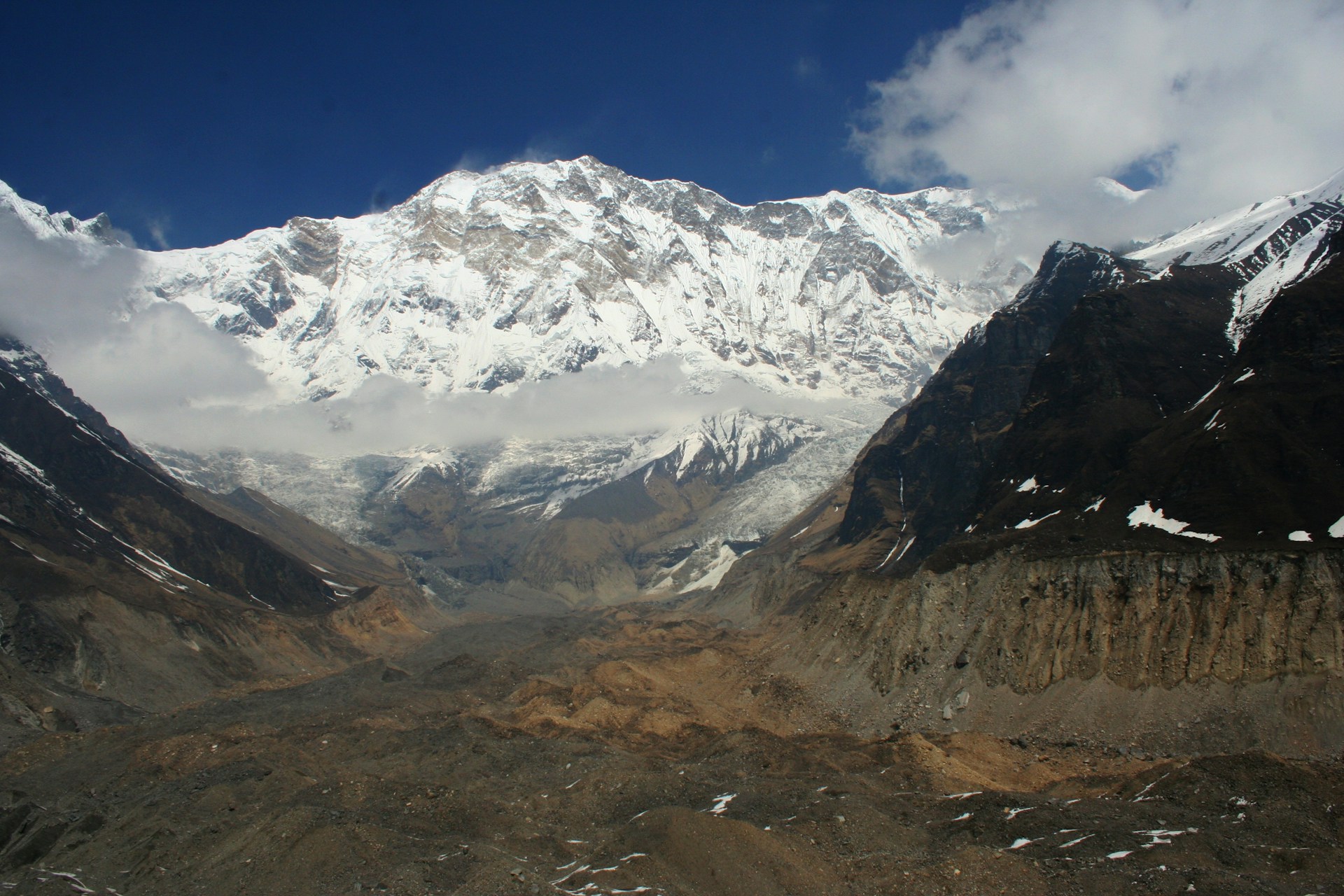
Langtang Trekking Picture
Langtang Valley—"Valley of Glaciers"—unfolds as a raw, soul-stirring symphony of Himalayan drama. Trekking here, you’re swallowed by old-growth forests of pine and rhododendron, emerging abruptly into U-shaped glacial valleys where Langtang Lirung (7,227m) hulks like a frozen titan, its serrated ridges and icefalls dominating the skyline. The trail climbs past Tamang villages like Mundu and Langtang, rebuilt with carved wooden galleries after the 2015 earthquake, their prayer flags snapping against snow-dusted backdrops. At Kyanjin Gompa (3,870m), the valley’s spiritual heart, 360° views stun: westward to Langtang II’s razor-edge summit, east to the fluted face of Dorje Lakpa (6,966m), and north toward Tibet’s border peaks. A pre-dawn hike to Kyanjin Ri (4,773m) or Tserko Ri (5,000m) rewards you with a golden-hour spectacle—sunlight flooding the valley, igniting glaciers like liquid fire. Further east, the sacred Gosainkunda Lakes pierce the high alpine tundra, their turquoise waters mirroring Himalchuli and Ganesh Himal. Unlike busier trails, Langtang’s beauty feels intensely personal: yaks grazing in flower-strewn meadows, stupas wrapped in mist, and the eerie blue glow of the Langtang Glacier—a silent testament to nature’s power and grace.
